Flex PCB Thickness
Flex PCB thickness affects performance, offering flexibility, compact design, and durability but demands careful material selection and precise engineering.
Designing devices in the world of electronics for increasing demands on compactness, efficiency, and versatility is of great importance. In this respect, flexible printed circuit boards, or Flex PCBs, have come to be regarded as an integral part of achieving unprecedented flexibility and form factors for devices. Still, one very important aspect that is taken into consideration in designing and manufacturing Flex PCBs is thickness, which can have a dramatic effect on performance and functionality. In this article, we investigate the importance of Flex PCB thickness, the factors determining its selection, and advantages and challenges that this technology presents.
The evolution in PCB technology, flexible PCBs are made of flexible substrates, including polyimide and polyester. As such, they allow for bends, twists, and other contortions associated with meeting today's innovative curves. They solve many problems when a rigid PCB is applied, which could be very limited to their applications in a number of devices, ranging from wearable technologies and smartphones through medical devices and further into automotive systems.
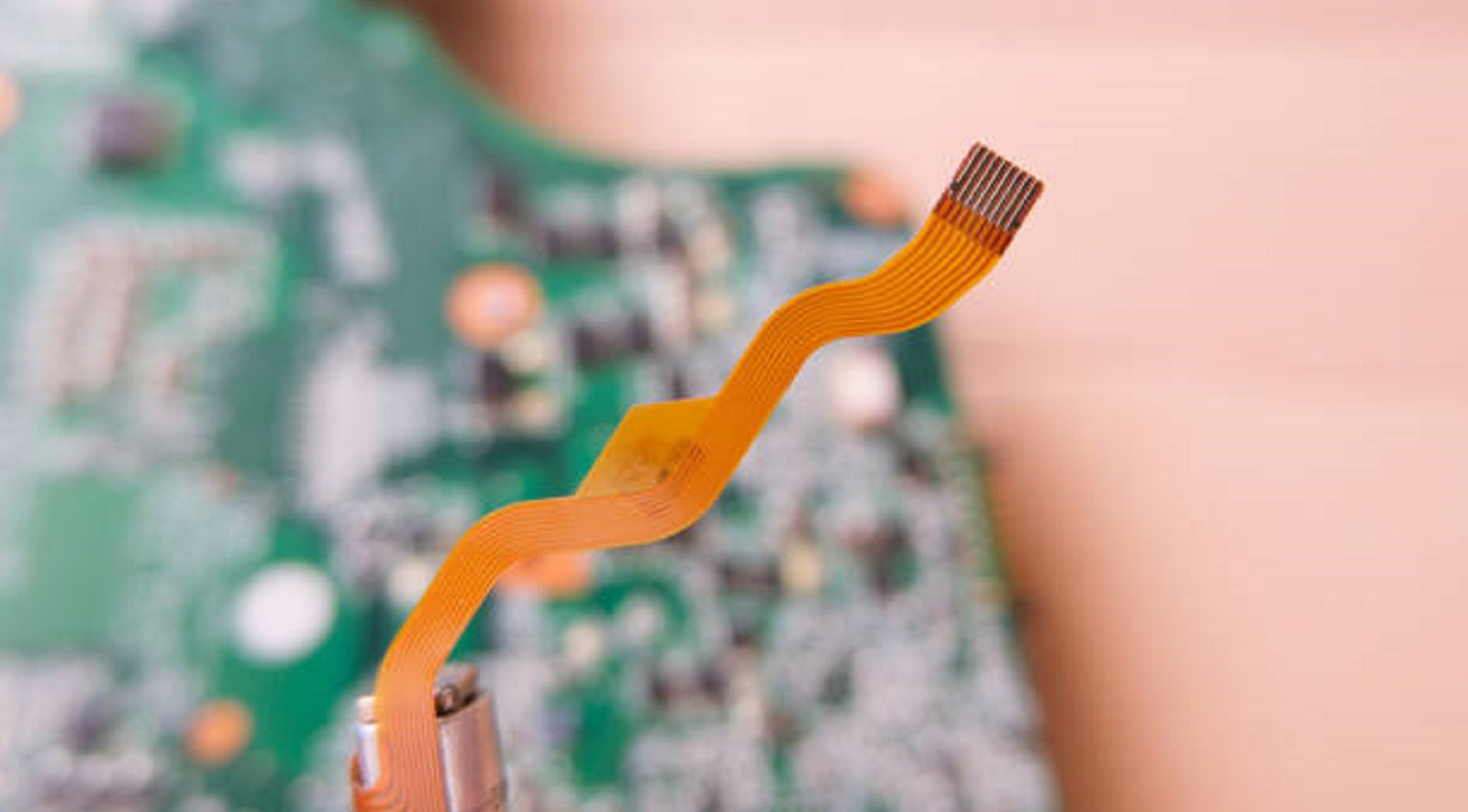
Why is Flex PCB Thickness Important?
The thickness of a flex PCB influences many of its aspects and significantly affects the perfect balance between flexibility and durability.
Flexibility and Bendability: Thinner PCBs can bend easily, thus providing greater flexibility for small spaces and movable parts. This is perfect for applications where the PCB needs to closely fit the shape of the product or work in a dynamic environment. However, excessive bending can result in mechanical failure if not properly accounted for during the design phase.
Space and Weight Efficiency: Thinner PCBs result in an overview of the size and weight reduction of the overall device, which is considered crucial in this mobile and portable device era. This not only helps in fulfilling the modern design aesthetics but also facilitates functionality by offering more compact packing.
Thermal and Electrical Characteristics: Thickness has an effect on thermal and electrical performance. Thicker boards can handle heat dissipation and provide more robust electrical pathways for high-power applications but may introduce challenges such as increased thermal resistance and complexity in maintaining impedance control, affecting signal integrity.
Determining the Right Thickness for Flex PCBs
Selecting an appropriate thickness for a Flex PCB depends on several key variables:
Material Selection and Layer Count: The type of material used and the number of layers in the board will also greatly determine the thickness. Polyimide is generally adopted because of its flexibility and stability in temperature. Multilayer constructions add functionality but increase thickness, reducing flexibility if not carefully managed.
Applications Requirements: The requirements vary with different applications. For example, medical devices may need to be flexible or biocompatible, while automotive applications may require resistance to extreme conditions.
Mechanical and Environmental Constraints: Consider the mechanical stresses that the PCB will encounter. Will it be subjected to regular bending or vibration? Are there extreme temperature or humidity conditions in which the circuit operates? This may be able to help you determine whether you require a thicker, more robust material or if a thinner, more flexible design is feasible.
Questions to Guide Your Thickness Selection
For the success of a Flex PCB design, consider these guiding questions:
What will be the function of this product?
Are flexibility and adaptability more important than durability?
How flexible does it need to be?
Design for bend radius and flexibility in an operating state.
What is the environment?
Will it be exposed to temperature, moisture, or mechanical stress extremes?
What are the electrical/thermal requirements?
Find out about power requirements and heat dissipation.
Is there a cost limitation?
Consider budget implications of various material selections and manufacturing complexities.
Benefits and Limitations of Flexible PCBs
Benefits
Design Flexibility: The flexibility of the flexible printed circuit boards lets designers innovate; it is designed to fit complex shapes, easily fitted in compact spaces.
Saving in Space and Weight: It helps in minimizing the size and weight of the device; it has become very easy to produce portable gadgets that are compact in nature.
Improved Durability: Flex PCBs are more resistant to harsh conditions than their rigid counterparts, given that they continue functioning in an environment where rigidity would bring about failure.
Varied Application: Being utilized in quite a wide range of industries, from consumer electronics to automotive, aerospace, and medical, Flex PCBs provide solutions to difficult design requirements.
Limitations
Higher Costs: Specialized materials and manufacturing processes may make Flex PCBs more expensive than rigid ones.
Complex Manufacturing: Designing and producing Flex PCBs requires advanced techniques and precision, potentially increasing lead times and costs.
Thermal Management Challenges: While beneficial for design flexibility, thinner boards can face increased thermal management issues, requiring careful planning and engineering.
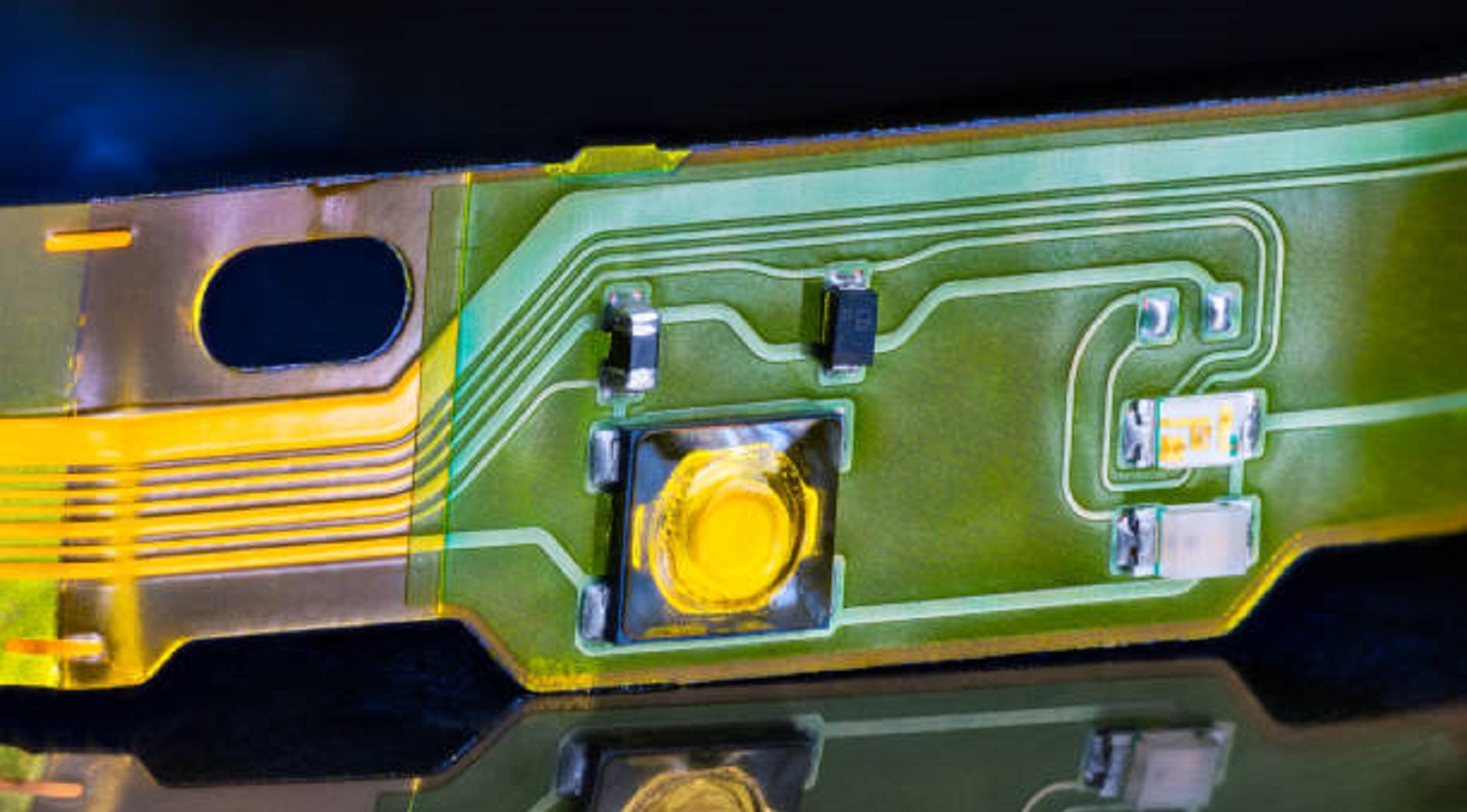
A flex PCB is a dimension more than just an extent of depth and width: its thickness actually becomes a vital dimension that dictates its functioning and flexibility with varied applications. While electronic devices have become so complex in nature and requirements, more stringent in demands on compactness and multi-functionality, choosing a strategic selection for the flex PCB thickness also increases importance. Care must be taken from application-specific requirements, environmental considerations, to even costs, which guarantee that a designed device optimally functions in keeping with specified performance.
Knowing all these nuances regarding thickness allows a proper understanding that enables creating reliable, efficient, and future-proof designs against an ever-growing evolution of technologies for high return on project results and value. Smart choices involving the thickness of flex PCBs enable engineers to use such innovative boards at full capacity-some innovative support toward advancements with modern electronic gadgets.
Hot Tags:
Contact us

If you can't find what you're looking for, please contact us.
Article
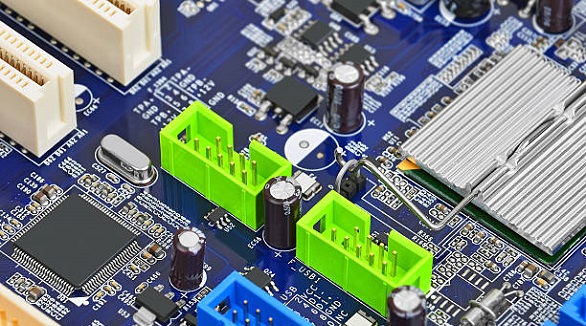
High-frequency PCBs are crucial for fast, reliable tech, enhancing performance in telecoms, aerospace, and more with advanced materials and precise designs.
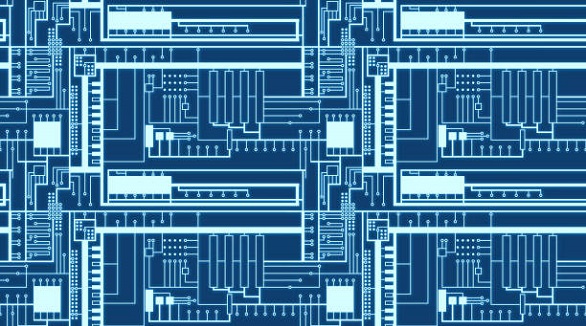
PCB plates enhance electronic devices' structure and function, crucial in keyboards for stability and connectivity. Materials and designs aid efficient decisions.
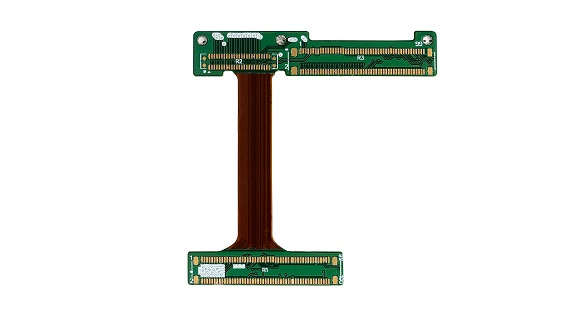
Flex PCBs fit into devices, saving space, while Rigid-Flex PCBs combine flexible and rigid parts, ideal for varied applications. PCBX offers custom designs, rapid prototyping, and high-quality manufacturing.
